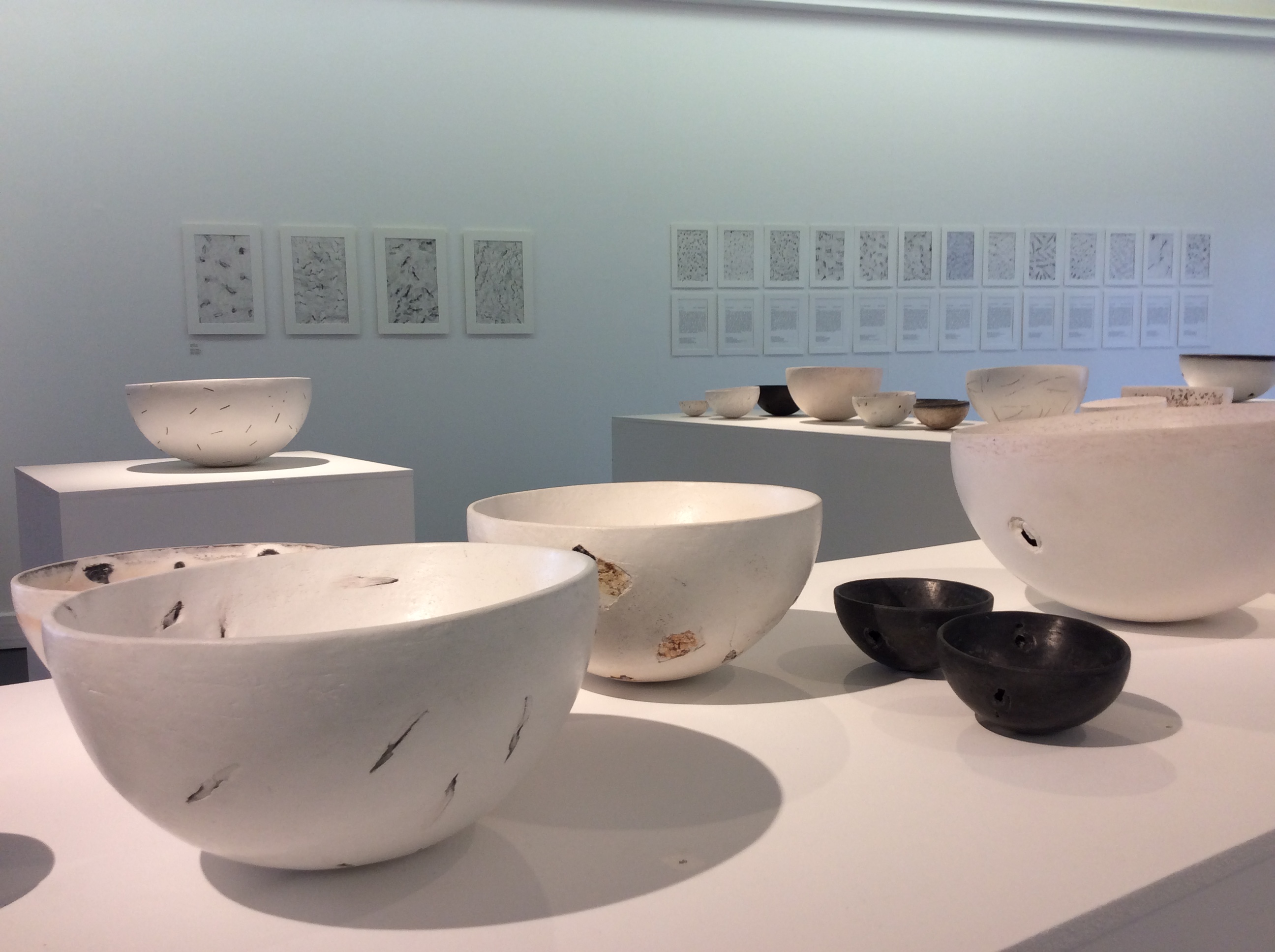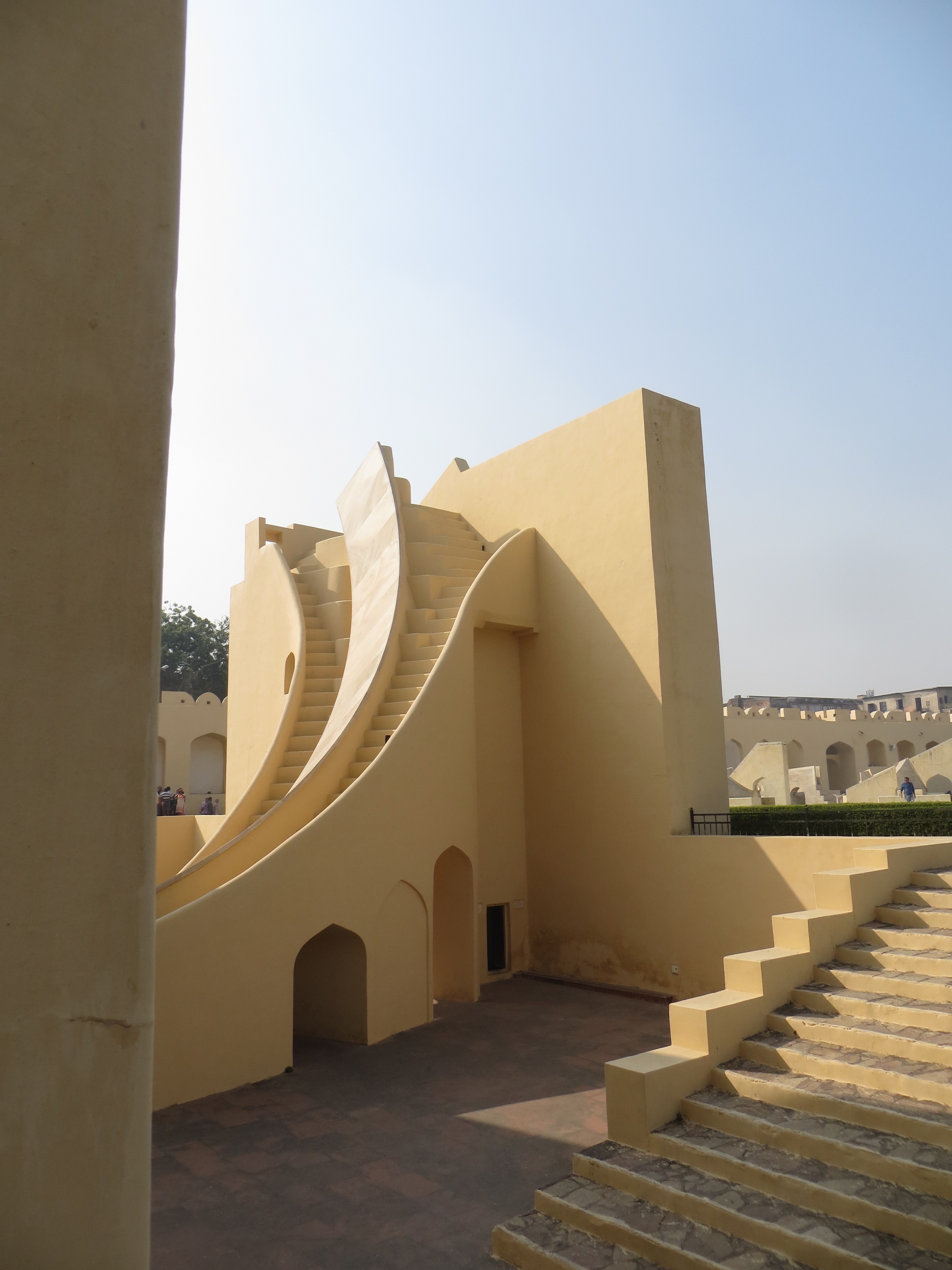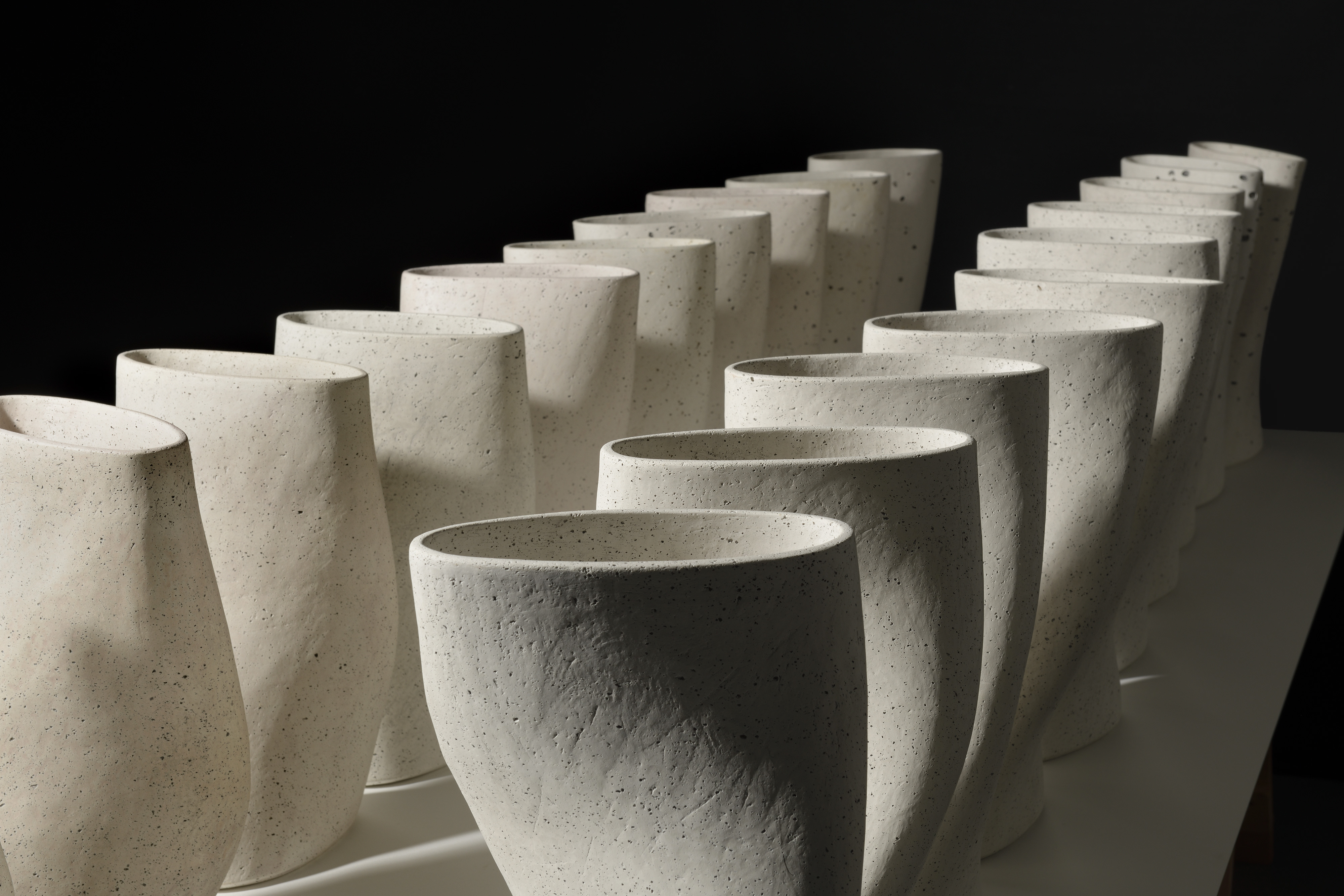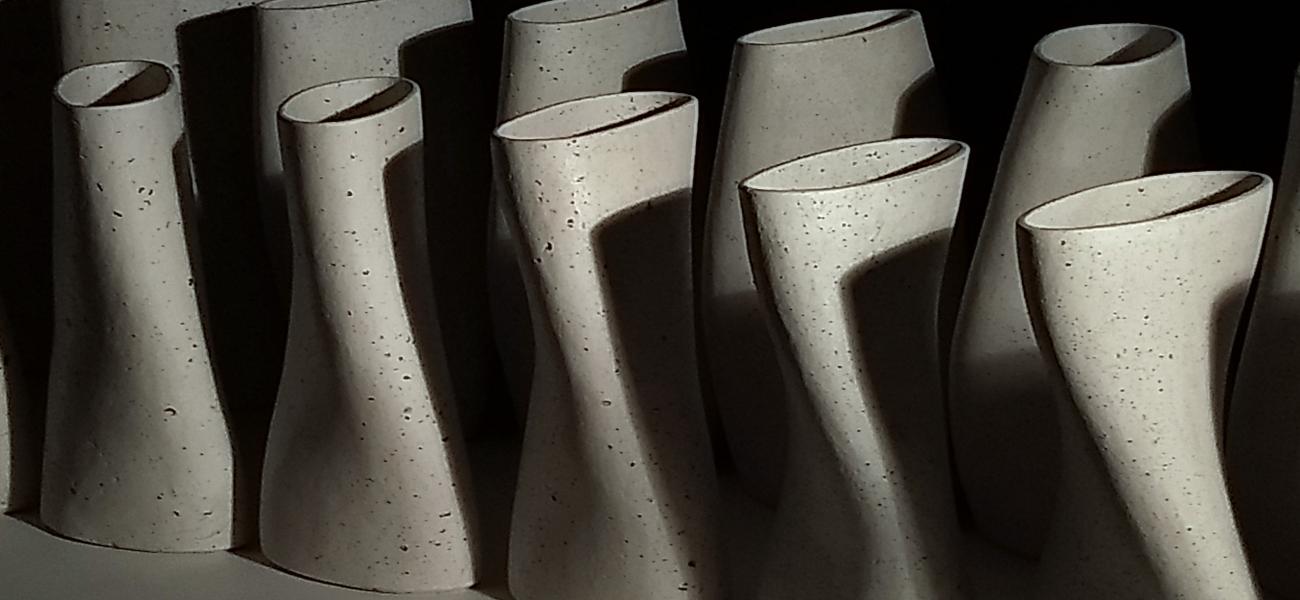
My recent internationally toured installation Containing Time represented a step change in my work. It marked a shift from making individual ceramic vessels to exploring interlocking ideas of time and place through sequential forms. The work secured British Council funding to exhibit at the 2018 Indian Ceramic Triennale and also a research visit to the Jantar Mantar – an eighteenth-century observatory in Jaipur used to track the sun and measure time with the world’s largest sundial. I was starting to think about a new project.
From Light to Dark From Dark to Light continues the durational theme from Containing Time but is a site-specific investigation of gradual change from the fixed point of my home and although begun three years ago resonates with the physical lockdown restrictions of a pandemic.
 ‘On Earth, time is marked by the sun and moon, by rotations that distinguish day from night that had led to clocks and calendars. The present was a speck that kept blinking, brightening, and diminishing, something neither alive or dead. How long did it last? One second? Less? It was always in flux; in the time it took to consider it, it slipped away.’
‘On Earth, time is marked by the sun and moon, by rotations that distinguish day from night that had led to clocks and calendars. The present was a speck that kept blinking, brightening, and diminishing, something neither alive or dead. How long did it last? One second? Less? It was always in flux; in the time it took to consider it, it slipped away.’
- Jhumpa Lahiri "The Lowland"
Exploring the element of time led me to think about the rotation of the earth and its light-dark cycles. In 2017 I read an article about a team of American scientists, Jeffrey Hall, Michael Rosbash, and Michael Young, who won a Nobel Prize for their research into how molecular mechanisms control circadian rhythms – the twenty-four-hour body clock. I learnt how the light-dark cycle is at the core of life on our planet, controlling chronobiology that includes the circadian rhythms of humans, animals, and plants. Every aspect of being human – our physical, emotional and intellectual systems – is set by this cycle. It remains a constant beyond human meddling.



